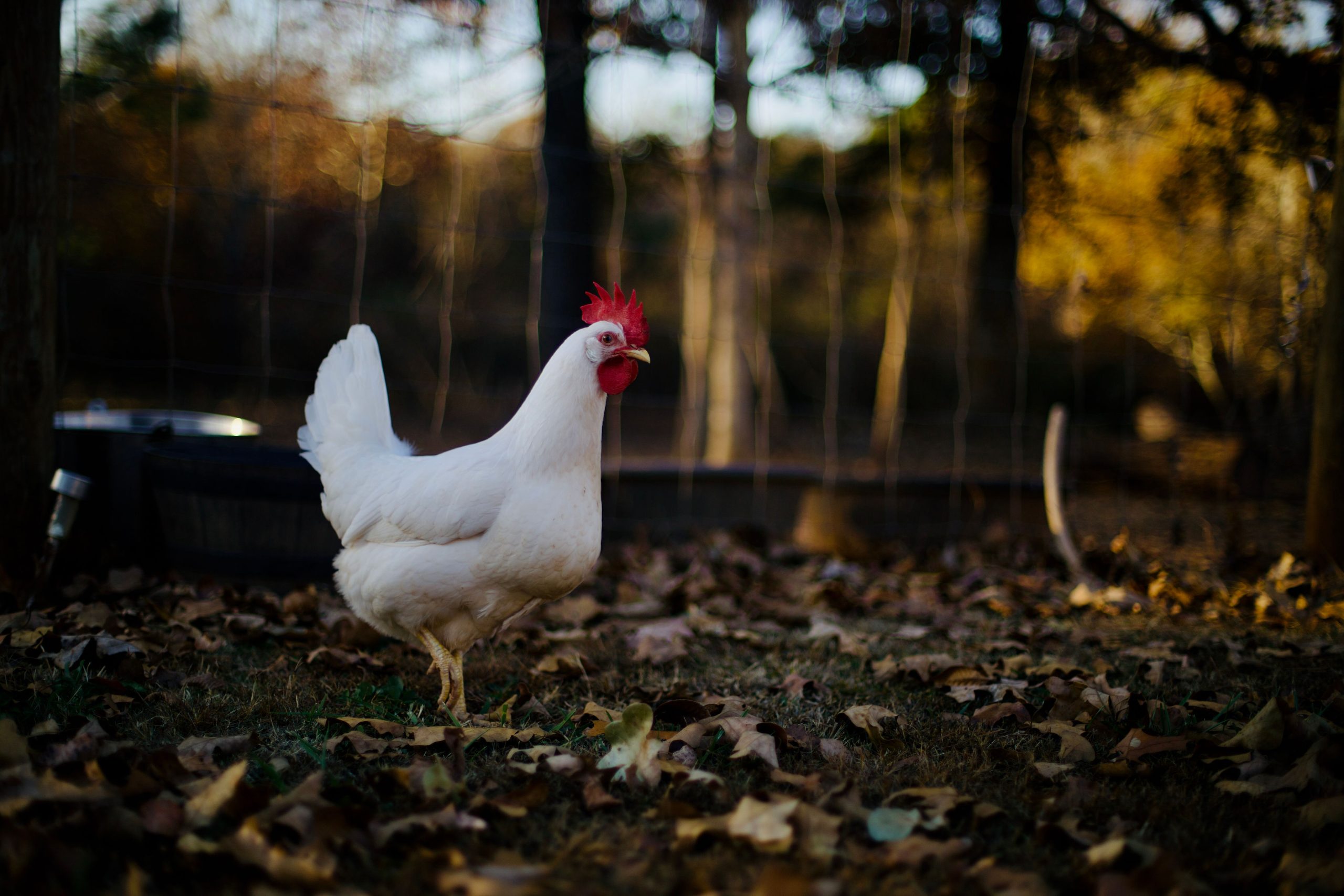When the mercury drops and your chickens start looking at you like you’ve personally caused winter, the temptation to hang a big red heat lamp over the roost grows strong. But before you turn your coop into a KFC test kitchen, let’s talk heat safety, feathers, and fire hazards.
The Hot Facts
Heat lamps are the old standby for chicken keepers everywhere, and for good reason—they’re cheap, simple, and effective. The bad news? They can also be a feathered fireball waiting to happen. Most coop fires start because those clamp lamps get jostled or knocked loose by a curious hen, landing in the bedding. Dry pine shavings plus a 250-watt bulb equals an impromptu bonfire. Not to mention, coops can be pretty dusty,which also is a huge fire hazard.

Chill Out (Literally)
Chickens handle cold a lot better than most people think. With proper insulation, draft control, and dry bedding, most flocks do just fine in temps well below freezing. Think of them as tiny, feathery space heaters that huddle together for warmth. Unless you’re raising tropical breeds or dealing with subzero Arctic conditions, your girls probably don’t need artificial heat—just a draft-free coop and decent airflow.
If You Must Bring the Heat
If you do decide to use a heat source, go the safer route. Ceramic heat emitters give steady warmth without light. Radiant or flat-panel coop heaters mount securely and reduce fire risk dramatically. Always:
- Mount heat sources using solid brackets, not clip-on clamps.
- Keep at least 18 inches of clearance from straw, wood, or feathers.
- Use heavy-duty cords and secure them away from beaks.
- Install a thermostat or timer—you don’t want the coop turning into a sauna.
Final Cluck
So, can you use a heat lamp? Yes—but it’s a bit like juggling chainsaws. It can be done safely, but only with care, planning, and a healthy fear of sparks. If you want to keep your hens cozy without burning the place down, focus on insulation, proper ventilation, and maybe a chicken cuddle puddle or two.
In the end, happy hens lay eggs. Crispy ones, not so much.